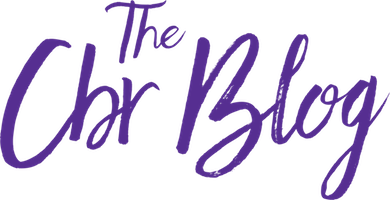Each child grows in their own unique way, but there are milestones to look for in the first year regarding the way they play, learn, speak, behave, and move1, 2. Their brain development is in the beginning stages of cognitive thought, and the learning process of memory, language, thinking, and reasoning is all taking shape. Physical milestones are also becoming apparent. Emotional and social development is happening simultaneously, and your baby is developing bonds of love and trust, as well as cues to interact with you and others. This first year is incredibly important, but just because everyone your baby’s age has learned to crawl doesn’t mean anything is wrong if your baby hasn’t yet. However, there are things to pay attention to in these 12 months. Babies develop at their own pace; you can give or take a couple months, but here are some milestones to look out for and forward to as your baby develops in the first year of life. Get ready for a whole new world of surprises and excitement!
Month 1
Many babies can only gaze about 8 to 12 inches away at this point, so they focus mostly on your face close up. Their hearing is also developed, and they should notice new sounds and start to recognize familiar ones, like turning to your voice or just slightly lifting their head, which still needs support at this age. You will notice them staring at faces, responding to sound, and perhaps smiling, and issuing some gurgling sounds. They will also have jerky, uncontrolled arm and leg movements. They will start to become attached to their caregivers and will learn to be comforted by you and your partner.
Month 2
By the second month babies will start to vocalize more often, making more gurgling sounds. They will begin to follow objects, blink at bright lights, and hold their head steadier. They will also recognize your face, voice, and scent. They will develop a social smile and will be able to hold their head at a 45-degree angle, and have smoother movements. Some might even be able to bear a little weight on their legs by now, but for others will likely start to develop next month.
Month 3
Listen for squeals and more cooing and gurgling, plus “oohs” and “ahhs.” Laughing and smiling will also happen more frequently, and lots of babies actually start to imitate facial expressions. Kicking their legs energetically becomes popular at this time and is a fun milestone. Some babies will be able to do mini push-ups by raising their head and chest when on their belly, bring their hands together and bat toys, and roll over to their side. You should be able to take an object and have your baby follow it with their eyes from the side to the middle, but not all the way around. And, don’t be surprised if they even recognize familiar people at a distance. They will start to enjoy playing and become fussy or bored and show signs of happiness (laughing) and sadness.
Month 4
Your baby should be able to hold their head up steadily and bear weight on their legs. When you talk to your baby, they will react with sounds and may even imitate some speech sounds like “baba” and “dada.” They should be able to open and shut their hands and bring them to their mouths. Some little ones will be able to reach out and grasp toys and other objects at this age. Some also sleep about 6 hours a night before waking up; if so, consider yourself one of the lucky ones. It is even possible for babies at 4 months to cut their first tooth.
Month 5
Around month 5, babies may have the ability to distinguish between bold colors and to recognize the sound of their own name. Five-month-olds can typically roll over from front to back or back to front, may even be able to sit up momentarily without support, and should have great head control. Babies will probably start to amuse themselves by playing with their hands and feet during this time. They will most likely want to engage others in playtime by sticking out their tongue and patting toys.
Month 6
A number of different milestones can happen at 6 months. Babies at this age will turn towards sounds and voices, imitate the sounds they hear, and blow bubbles. Others could even start jabbering or combining syllables. Your baby will most likely be able to roll in both directions now, reach for objects while mouthing them, and start to drag objects toward them. Many sit up without support and may be able to lunge forward and start to crawl. Six-month-olds might start to open their mouths for a spoon and use sounds to express happiness, frustration, and sadness.
Month 7
Your baby will start to reach for things in a sweeping motion, start crawling and lunging, and pick up objects and pass it to their other hand. This is also when they might bang objects together, start to wave goodbye, and hold a bottle in their first year. Some babies will even try to stand while holding onto something at 7 months. Other babies will try to express their feelings more with sounds and will be interested in looking in the mirror. The syllables they combine at this age will start to sound more like words.
Month 8
By this point you might hear your little one murmur “dada” and “mama” (how exciting!) and see them crawling all over (literally, everywhere). They can usually stand while holding onto things and point to objects. What might be even more exciting, they may even understand the word “no”.
Month 9
They will look for hidden objects when you hide them and will copy others’ gestures. Babies will start to enjoy playing peek-a-boo and patty-cake. They can develop an affinity for their favorite toys and can bang, drop, and throw objects (look out!).
Month 10
Ten-month-olds can typically wave goodbye and crawl. They can even stand alone for a couple seconds without grabbing on. Your baby will understand their name and the word “no.” Some kids will begin to drink from a cup and put objects into a container.
Month 11
They will imitate others’ activities, play patty-cake and peek-a-boo well, and understand simple instructions. They will get better at drinking from a cup at 11 months and may be able to say another word besides “dada” and “mama.” They will want to explore everyday objects, using them both correctly and incorrectly, so be patient. You will notice they can be fearful and excited about new things as they discover life.
Month 12
At the end of this first year, your baby may start taking steps alone at this age and let go of objects without help. They might look at a picture and point to it when you name it for them. Your baby might even start shaking his/her head “no,” wave, and follow one-step directions. One-year-olds often identify themselves in the mirror and will form attachments to people and things. Some may even be able to walk well, dance to music, say more than a couple words, and scribble with crayons.
Sources:
- Developmental Milestones, Pediatrics in Review, Jan2016, vol.37/ issue 1, Scharf et al.
- Bright Futures, Guidelines for Health Supervision of Infants, Children, and Adolescents, third ed., US Dept of HHS, published by AAP, Hagan et al.
Disclaimer: This information is for educational purposes only. Please consult your healthcare provider directly for medical advice, diagnoses, and treatments. If you have specific questions or concerns about your health or the health of your baby, consult your physician.


